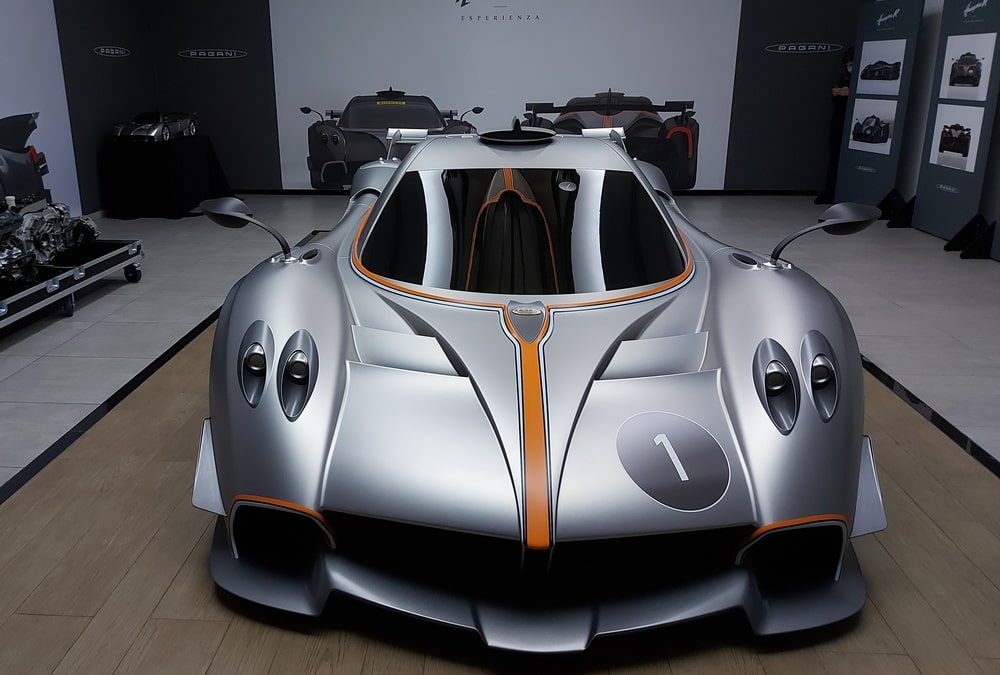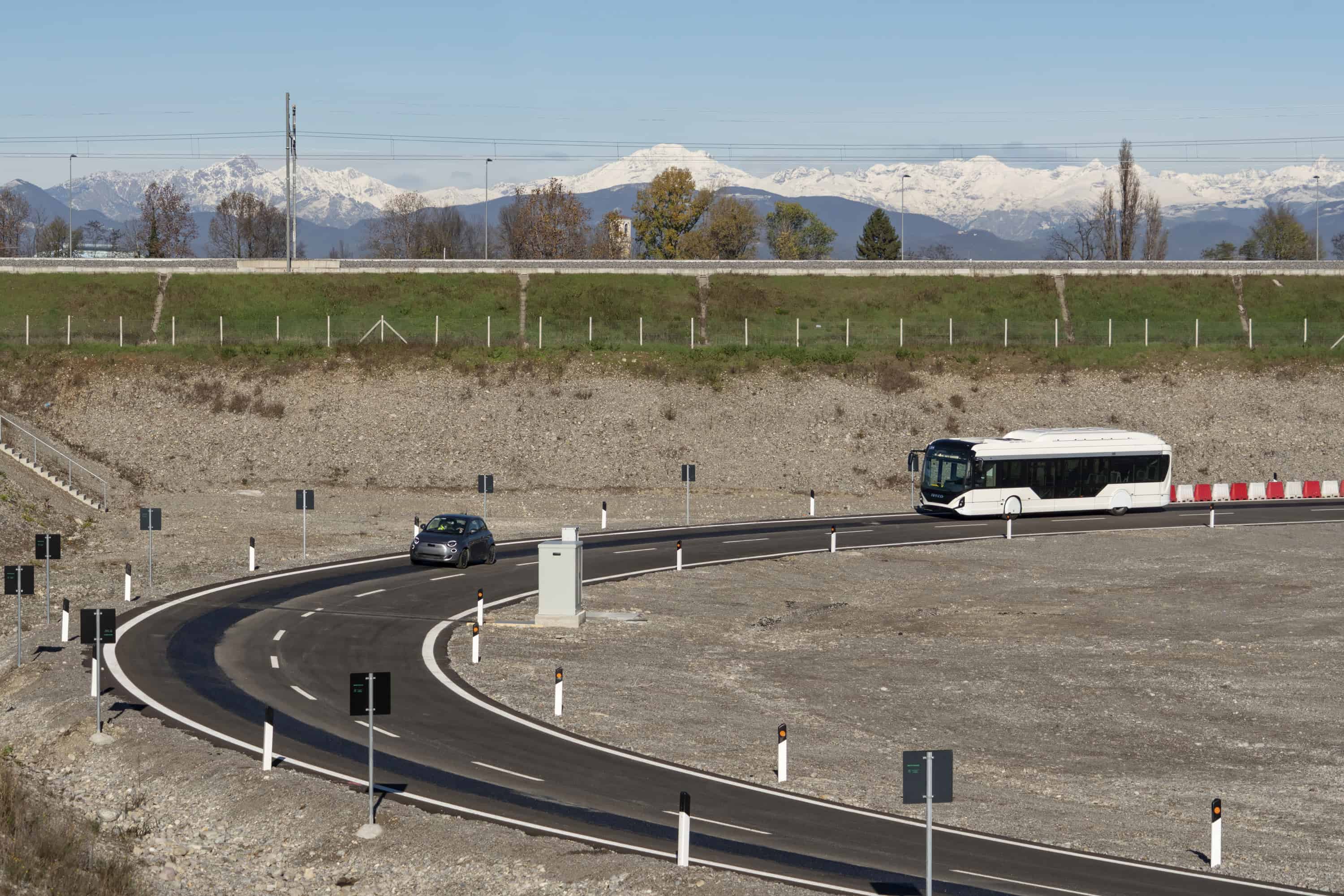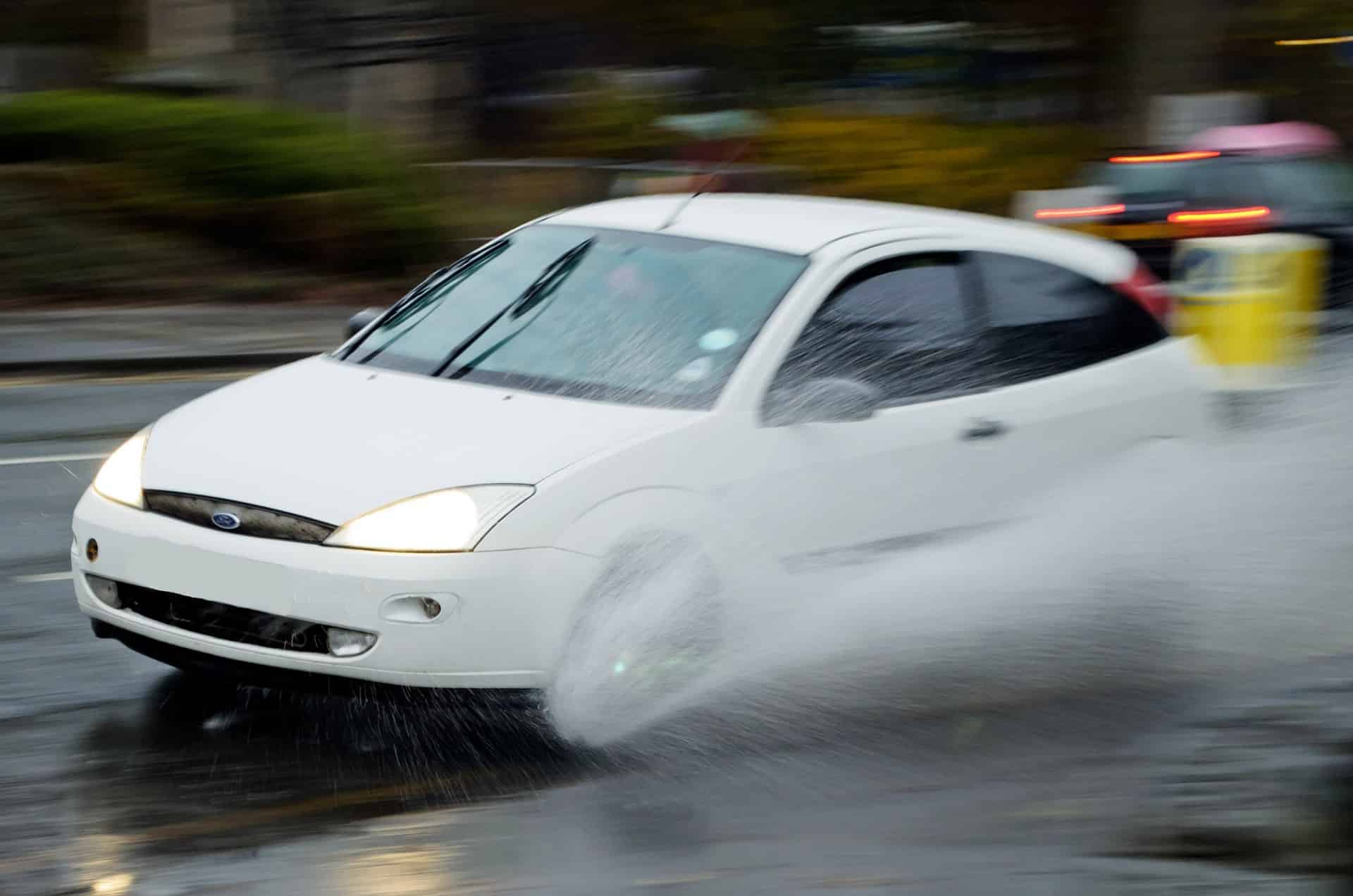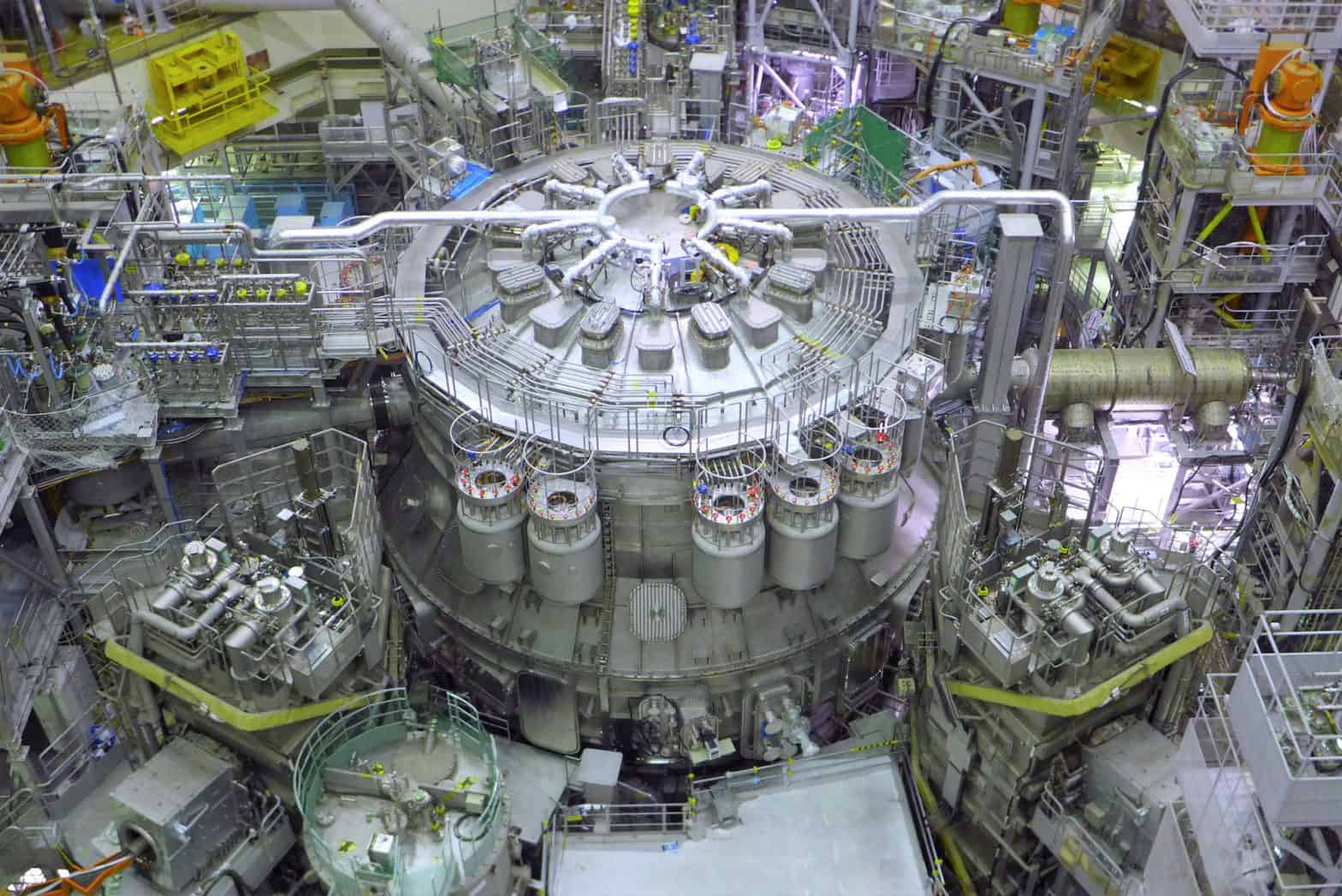
Teodoro Lio is the European director of the automotive sector at the consulting group Accenture. We asked the Italian about the future of this sector in Europe. We also want to know whether Italy’s Motor Valley, the center of high-performance cars, is capable of keeping up with future developments. Our report on Emilia-Romagna (Motor Valley) revealed that there are two directions – the decidedly fully electric pioneers, and then there are the established supercar builders who seem to be taking a wait and see approach.

If it’s up to the EU, no new gasoline-powered cars will be on the road from 2030 onwards. Does that signify the end of the Motor Valley?
No, but it does mean that the challenges of the digital and sustainable revolution must be met. The automotive sector must focus on sustainable mobility and speed this up a gear too. Although everyone is already convinced of that.
What future do you see for the supercar (Ferrari and co) – which is more or less synonymous with the gasoline engine?
The supercar does not meet the standard mobility needs of people who want to get from A to B in the most efficient way possible. Those who drive a supercar have enough money to indulge their fantasies and experience certain emotions connected with these kinds of cars. Let’s not forget that such consumers are often more receptive to innovations than other consumers. You see this every time a transformation takes place. Consumers in the luxury segment are often the first to embrace new technologies.
But are these consumers – even if they are early adopters – able to do without the roar of an engine?
It is now up to manufacturers to understand what new emotions need to be associated with cars. Not to stick with what was already in place. For example, that distinctive engine sound. But to perhaps introduce a different kind of sound.
Maserati has been working for years to figure out what emotions can be imparted to an electric supercar knowing that the era of the internal combustion engine is over. Maserati, as well as other supercar manufacturers, have been at it a long time, That’s because they know really well that sound is an important factor when it comes to the experiences of their customers.

Is the traditional business model of the automobile industry still relevant these days?
Sometimes I say to wind people up that automobile manufacturers have had it easy so far. They design a car, they build the car and then they sell it. Once the car keys are handed over, the job is done. You see the customer again after 3 to 5 years when she or he wants to buy a new car.
Nowadays, you can open some cars with a special app on your smartphone.
Precisely, this kind of key symbolizes perfectly the transformation that is taking place. You send a signal to the car via the cloud. The door then unlocks. The vehicle has all the information about the driver, such as the seat settings and the screen menu on the dashboard. The system knows if there is a fault before the driver does.
The relationship between the manufacturer and the driver consequently changes dramatically in an ecosystem where new players are given a role, like the providers of digital services. Moreover, people are increasingly adopting a different kind of attitude towards the use of a car. Young people in particular see mobility as just a means of getting from A to B. The vehicle may be owned, but is more and more often rented or shared. Our research shows that a third of young people have no interest at all in owning their own car.
That’s pretty dramatic news for automobile manufacturers
This definitely poses a risk to those who are continuing on the same path as before. But the automobile industry is undergoing a huge transition. The ecosystem has become much more complex, where, as I mentioned before, new players have also gained access. Also consider vehicle fleet operators that are being used as shared means of transport and as a means to supply energy.
But the good news is that the new ecosystem that is now being set up offers ample opportunities. Currently, the supply chain for the automotive industry is globally worth close to $3.5 trillion. According to the research, the mobility ecosystem, i.e. all travel per vehicle, will be worth double that. By 2030, this mobility chain will be generating $7 trillion in turnover. Car manufacturers should not stick to the existing business model, which is already being whittled away.

Who has the upper hand in the new ecosystem?
It depends. First off, the players will all be connected. The new ecosystem connects the manufacturer with the mobility provider, the manufacturer and the operator of all the charging stations, the energy product and the distributor and so on and so forth. All parties will need to be connected to make the customer’s experience transparent and consequently enhance the provision of services. This in turn boosts the level of mobility.
Does that mean companies from various industries are going to compete in each other’s fields?
Yes, we will see a convergence between different industries. As in, traditional automobile manufacturers, newcomers, gas stations, etc. The energy provider Enel may decide to start manufacturing vehicles, maybe not directly for the end user, but to complement Uber’s vehicle fleet, for example. This also applies the other way. You might buy a Volkswagen and sign a contract for gas and light with VW Electric.
What is the future for Motor Valley?
Motor Valley is not starting from scratch. In this region surrounding Modena, the unique expertise of people and technology that is recognized all over the world is pooled together. Time will tell if Motor Valley will turn into Cyber Valley, or Electric Valley, or Sustainability Valley or some other valley of expertise.








